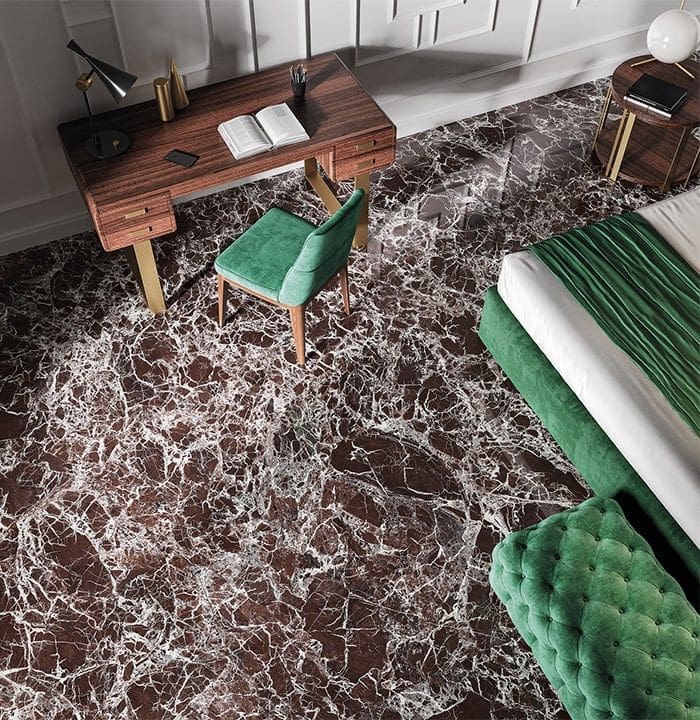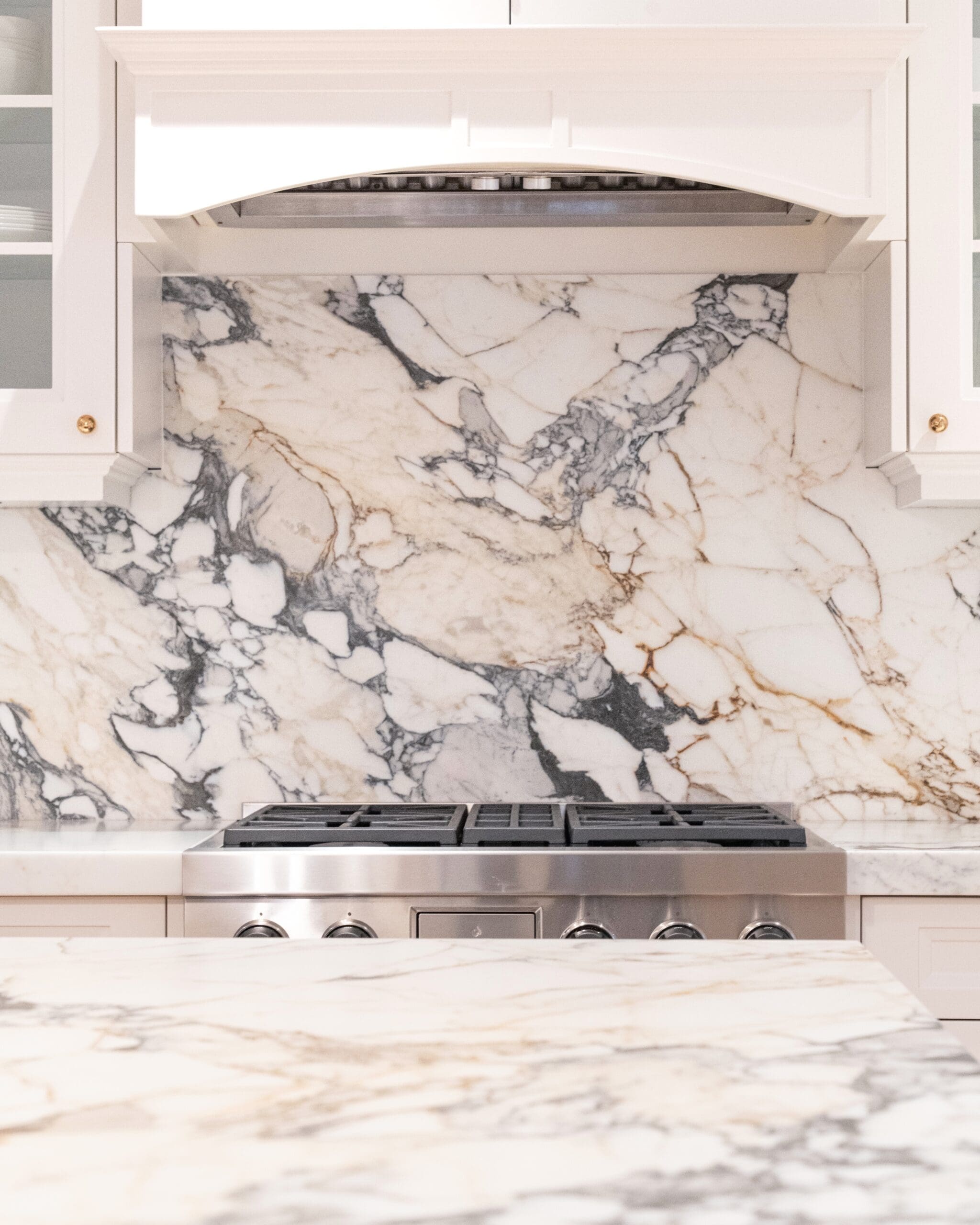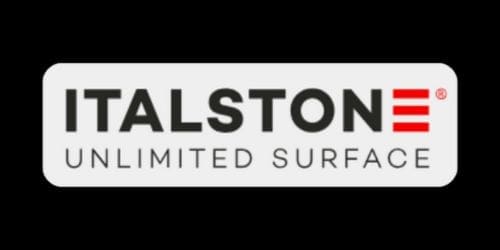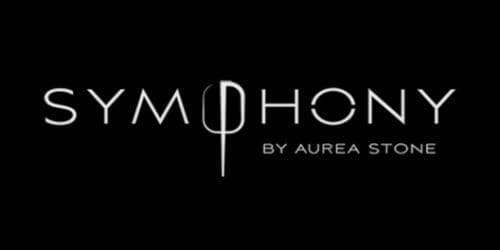Picture your kitchen or bathroom transformed into a masterpiece with countertops that combine elegance with resilience. Quartzite countertops are quietly becoming a top choice among homeowners, interior designers, and builders for their unique mix of natural beauty and durability.
This guide will walk you through the intriguing aspects of quartzite countertops, shedding light on their benefits and drawbacks. Stay with us as we uncover the essentials you need to know for your next home improvement project.
What is Quartzite?

Quartzite is a natural stone known for its beauty and strength. It begins as sandstone, which undergoes a transformation through intense heat and pressure, resulting in a hard and dense material. This metamorphic process makes quartzite even tougher than granite, giving it remarkable durability.
Quartzite’s unique formation creates beautiful veining and patterns, making each piece one-of-a-kind. Its natural elegance and resilience make it an excellent choice for countertops. Unlike synthetic materials, quartzite retains its charm and sturdiness over time. Whether you’re designing a kitchen or bathroom, quartzite offers a striking and durable option that withstands daily use while maintaining its impressive appearance. This combination of aesthetics and functionality makes quartzite a preferred material for those looking to enhance their home with something both practical and beautiful.
Pros and Cons of Quartzite Countertops
Understanding the pros and cons of quartzite countertops gives you a complete view of this material’s strengths and limitations. This knowledge will help you make an informed decision, ensuring that your choice aligns with both your aesthetic preferences and practical needs. In this section, we’ll delve into the key advantages and disadvantages of quartzite countertops, offering insights that will help you appreciate why this natural stone is favored by many, as well as the considerations you should keep in mind before making your selection.
Pros of Quartzite Countertops:
| Pros | Cons |
| Durability and Hardness ✅ | Maintenance Requirements ❌ |
| Aesthetic Appeal ✅ | Cost Considerations ❌ |
| Heat Resistance ✅ | Sealing Needs ❌ |
| Natural Stone Beauty ✅ | Potential for Etching and Staining ❌ |
| UV Resistance ✅ |
- Durability and Hardness Quartzite countertops are known for their exceptional durability. Their high ranking on the Mohs hardness scale means they resist scratches and abrasions, making them perfect for kitchens where countertops face daily wear and tear. Unlike softer stones, quartzite can withstand heavy use without showing signs of damage, ensuring your countertops look pristine for years.
- Aesthetic Appeal Each quartzite slab is unique, showcasing natural veining and patterns that add elegance to any space. Its appearance can resemble luxurious marble, offering a timeless and beautiful finish that enhances the style of your home. The varied patterns and colors in quartzite provide a one-of-a-kind look, making your countertops a focal point in your kitchen or bathroom.
- Heat Resistance Quartzite is highly heat-resistant, allowing you to place hot pots and pans directly on the surface without causing damage. This feature is particularly beneficial in kitchens, where heat exposure is frequent. You can cook and bake without worrying about ruining your countertops, adding convenience and peace of mind to your daily routines.
- Natural Stone Beauty As a natural stone, quartzite offers a unique beauty that synthetic materials can’t match. The natural veining, color variations, and textures create a sense of depth and richness, adding value and a luxurious feel to your countertops. Each slab of quartzite is a work of art from nature, providing a sophisticated and high-end appearance that enhances your home’s overall aesthetic.
- UV Resistance Quartzite resists UV rays, so it won’t fade or discolor when exposed to sunlight. This makes it an excellent choice for outdoor kitchens or areas with ample natural light, ensuring your countertops stay beautiful over time. Whether you’re designing an outdoor cooking area or have large windows in your kitchen, quartzite will maintain its stunning look despite prolonged sun exposure.
Cons of Quartzite Countertops:
- Maintenance Requirements Despite its durability, quartzite requires regular maintenance to keep it looking its best. It needs to be sealed periodically to protect against stains and etching. Spills should be cleaned up promptly to prevent damage, making quartzite countertops more demanding in terms of upkeep compared to some other materials. Regular cleaning and sealing ensure that the surface remains protected and maintains its appearance.
- Cost Considerations Quartzite countertops can be more expensive than other natural stones like granite or engineered options like quartz. The cost varies depending on the quality, color, and availability of the stone. Additionally, installation costs can be higher due to the weight and hardness of quartzite, which require specialized tools and expertise. This can make quartzite a significant investment, though many find its beauty and durability worth the extra expense.
- Sealing Needs Quartzite is a porous stone, which means it needs to be sealed regularly to prevent stains and moisture absorption. Depending on the type of quartzite and the level of use, it is generally recommended to seal quartzite countertops every one to two years. This helps maintain the protective barrier and keeps the stone looking its best. Without proper sealing, the stone can become vulnerable to damage.
- Limited Color Options Compared to engineered stones like quartz, quartzite has a more limited range of colors. While its natural beauty is a significant draw, those looking for specific colors or a uniform appearance may find quartzite’s options somewhat restrictive. The natural variations in quartzite can be both an advantage and a limitation, depending on personal preferences and design needs.
- Potential for Etching and Staining Although quartzite is highly resistant to scratches, it is not completely immune to etching and staining. Acidic substances like lemon juice, vinegar, or wine can etch the surface if not wiped up promptly. Staining can also occur if spills are not cleaned up quickly or if the countertop is not properly sealed. This necessitates careful maintenance and attention to prevent damage and maintain the countertop’s appearance.
Comparison with Other Natural Stone Countertops
| Comparison | Quartzite | Granite | Marble | Quartz |
| Durability | ✅ Superior hardness and durability | ✅ Durable but slightly less hard | ❌ Softer, prone to scratches | ✅ Durable but engineered |
| Scratch Resistance | ✅ Highly resistant | ✅ Resistant but less than quartzite | ❌ Prone to scratches | ✅ Scratch-resistant |
| Heat Resistance | ✅ Highly heat-resistant | ✅ Heat-resistant | ✅ Heat-resistant | ❌ Less heat-resistant |
| Aesthetic Appeal | ✅ Natural, unique patterns | ✅ Wide variety of colors/patterns | ✅ Luxurious and elegant | ❌ Uniform appearance |
| Maintenance | ❌ Requires sealing and maintenance | ✅ Lower maintenance than quartzite | ❌ High maintenance, prone to stains | ✅ Low maintenance, no sealing needed |
| Cost | ❌ More expensive | ✅ More affordable | ❌ Can be very expensive | ✅ Varies, generally affordable |
Comparing quartzite with other natural stone countertops helps you understand the unique benefits and drawbacks of each material. This knowledge will guide you in choosing the countertop that best suits your needs and preferences, whether you prioritize durability, maintenance, appearance, or heat resistance.
Quartzite vs. Granite
Both quartzite and granite are celebrated for their durability and natural beauty. Quartzite, however, is generally harder than granite, making it more resistant to scratches and abrasions. This makes quartzite an excellent choice for areas with heavy use. Granite, on the other hand, offers a wider range of colors and patterns, allowing for more design flexibility. Additionally, granite typically requires less maintenance in terms of sealing, making it a more convenient option for those seeking lower upkeep.
Quartzite vs. Marble
Marble is renowned for its classic elegance and timeless beauty, often associated with luxury and sophistication. However, marble is much softer than quartzite and more susceptible to scratches, stains, and etching from acidic substances. While marble can offer a luxurious appearance, it demands more careful maintenance and is less practical for high-use areas like kitchens. Quartzite, with its superior hardness and durability, provides a more resilient and practical alternative, combining beauty with functionality.
Quartzite vs. Quartz
Quartz countertops are engineered using crushed quartz and resins, resulting in a highly durable and low-maintenance surface. Quartz offers a consistent appearance and a wide range of colors, catering to various design preferences. However, it lacks the unique natural beauty and variation found in quartzite. Additionally, quartz is less heat-resistant compared to quartzite, which may be a consideration for those frequently placing hot items on their countertops. While quartz is a practical choice for those prioritizing uniformity and ease of maintenance, quartzite offers a distinctive natural charm and superior heat resistance.
Choosing and Maintaining Quartzite Countertops for Your Home
How to Choose the Best Countertop for Your Home?
When selecting quartzite for your countertops, consider factors such as color, pattern, and overall aesthetics. Think about how the stone will complement your existing décor and whether it fits with your style preferences. Additionally, consider the stone’s maintenance requirements and your willingness to perform regular sealing and care.
Popular Quartzite Colors and Patterns
Quartzite comes in a variety of colors, including white, gray, and shades of beige and brown. Each slab is unique, featuring different patterns and veining. Popular varieties like White Macaubas, Taj Mahal Quartzite, and Sea Pearl offer distinct visual appeal and elegance, helping you find the perfect look for your home.
Explore our full range of quartzite products and discover the ideal color and pattern for your space by visiting our Quartzite Collection.
Installation and Maintenance Tips
Professional Installation
- Given the hardness and weight of quartzite, professional installation is highly recommended. Professional installers have the necessary tools and expertise to handle the material safely and ensure a precise fit. Proper installation is crucial to avoid damage and achieve a seamless look.
Daily Cleaning and Care
- To maintain the beauty of your quartzite countertops, clean them regularly with a mild detergent and water. Avoid using harsh chemicals or abrasive cleaners, as these can damage the surface. Use cutting boards and trivets to protect the countertop from scratches and heat exposure.
Long-term Maintenance
- In addition to regular cleaning, long-term maintenance of quartzite includes periodic sealing to protect against stains and etching. Follow the manufacturer’s recommendations for sealing frequency, and consider using a professional service for the best results.
Conclusion
Quartzite countertops offer a unique combination of natural beauty and exceptional durability, making them an ideal choice for enhancing the elegance and functionality of kitchens and bathrooms. With its stunning veining and patterns, quartzite not only adds a luxurious touch to any space but also stands up to daily wear and tear, resisting scratches and heat.
However, it’s important to consider the maintenance requirements and costs associated with quartzite. Regular sealing is necessary to protect the stone from stains and etching, and professional installation is recommended due to its hardness and weight. While quartzite can be more expensive than other materials like granite or quartz, many find its visual appeal and resilience well worth the investment.
When choosing quartzite, think about the color and pattern that best complement your home’s décor. For optimal results, ensure you follow proper cleaning and maintenance practices to keep your countertops looking their best for years to come. To explore our full range of quartzite products and find the perfect match for your home, visit our Stone Collection or contact us today for more information.
FAQs
How much maintenance do quartzite countertops require?
Quartzite countertops require regular maintenance, including periodic sealing to prevent stains and etching. Daily cleaning with mild detergent and water is recommended, and spills should be cleaned up promptly.
What are quartzite countertops’ pros and cons?
Quartzite countertops are praised for their durability, heat resistance, and unique natural beauty. However, they require regular sealing and can be more expensive than other countertop materials. The need for professional installation and the potential for etching and staining are also considerations.
What are the negatives of quartzite?
The main negatives of quartzite include its higher cost, the need for regular maintenance and sealing, limited color options, and the potential for etching and staining from acidic substances if not properly cared for.
Is quartzite better than granite?
Quartzite is generally harder and more resistant to scratches than granite, making it a better choice for areas with heavy use. However, granite offers a wider range of colors and typically requires less maintenance, making the choice between them dependent on personal preference and specific needs.
What can damage quartzite?
Acidic substances such as lemon juice, vinegar, and wine can damage quartzite and cause etching if not wiped up promptly. Improper cleaning products and neglecting regular sealing can also lead to staining and damage.












